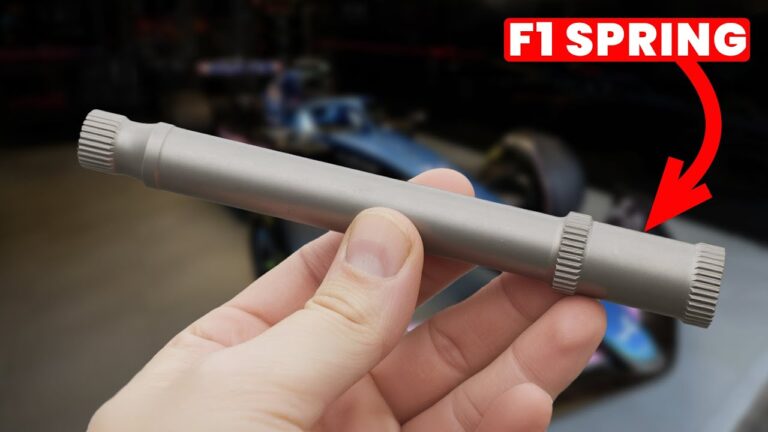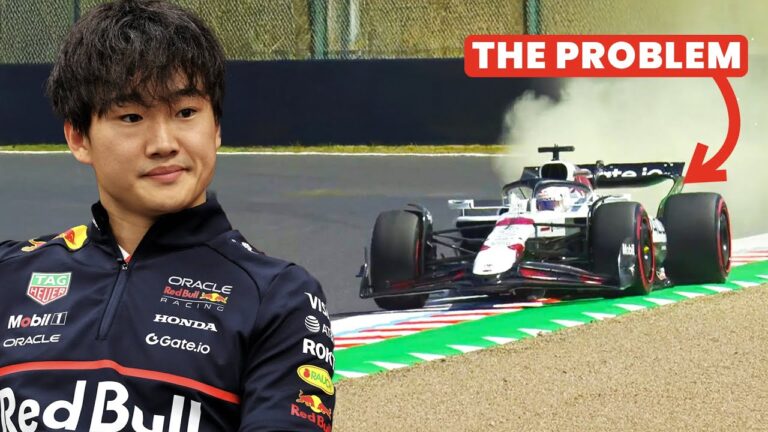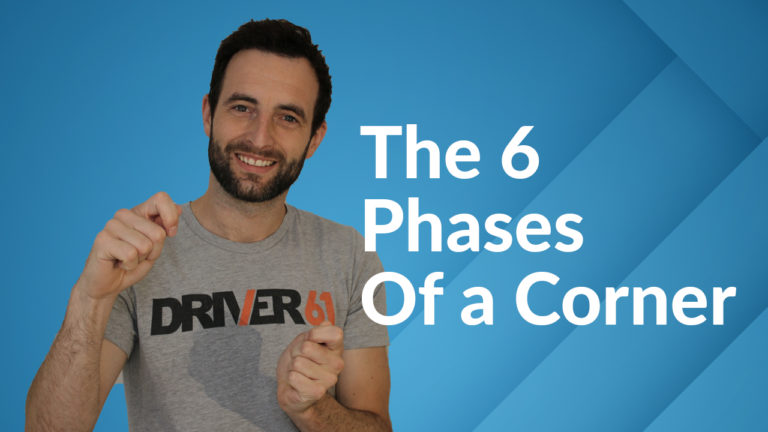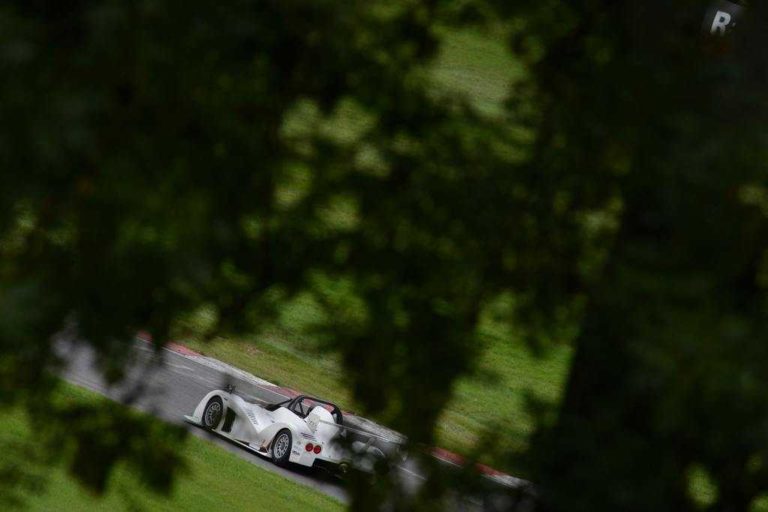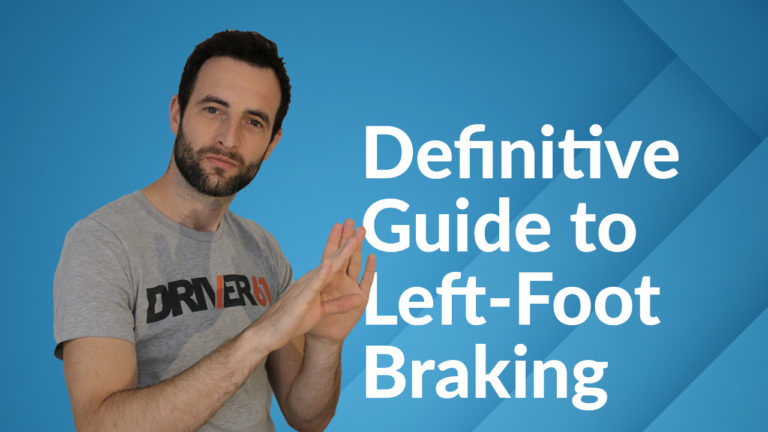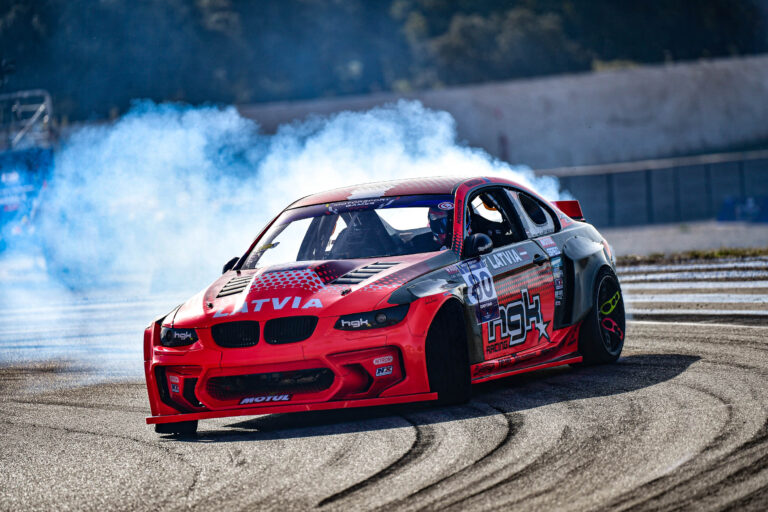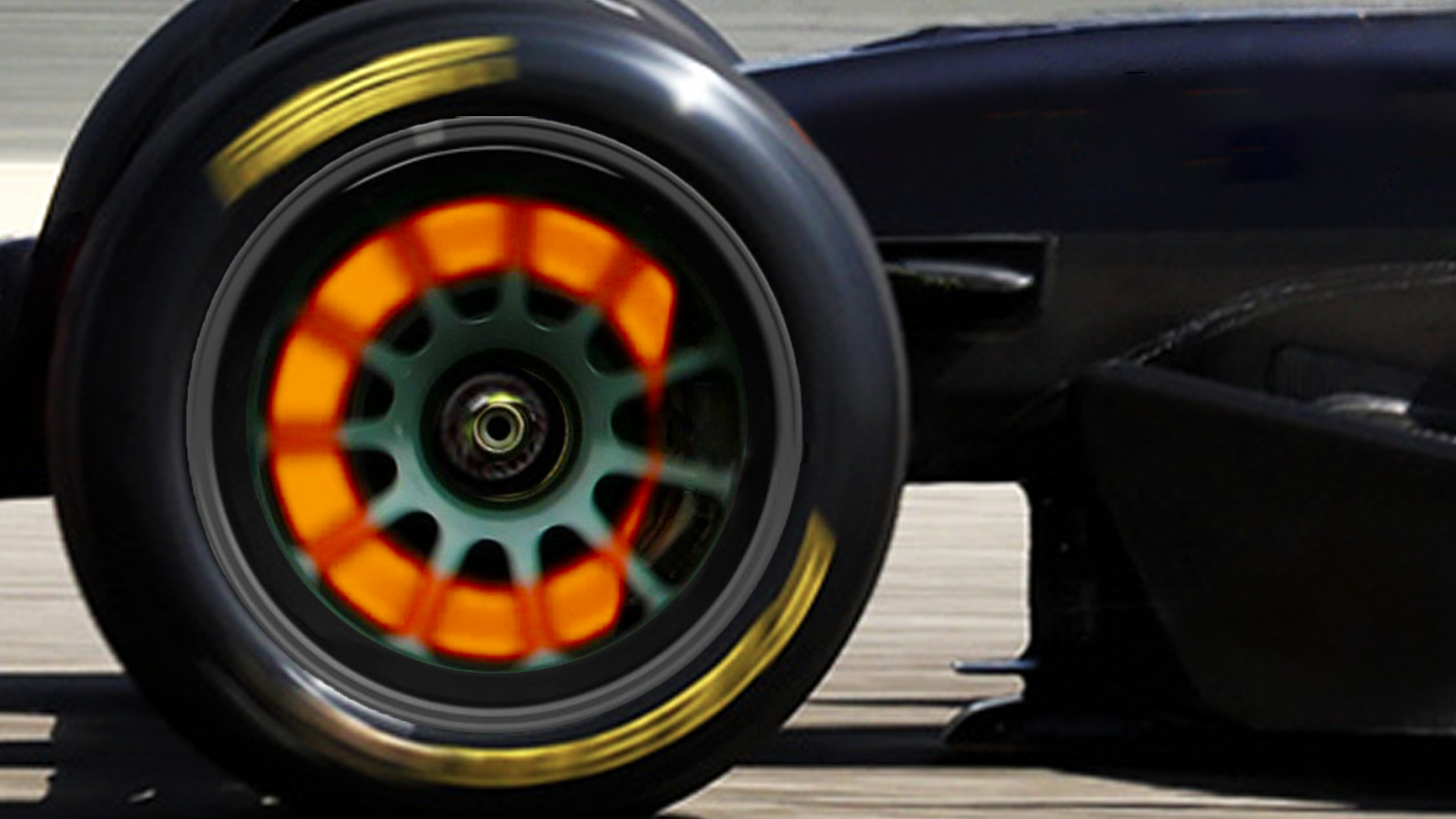
When it comes to Formula 1, braking is much more than just slowing down. For F1 drivers, it’s the ultimate skill differentiator – mastering braking can mean the difference between a flawless lap and a missed corner. Formula 1 drivers are unmatched in their braking finesse, capable of generating up to 6G of force with over 150 kg of pressure using a single leg. Yet it’s not just the physical force but the precision required at every corner entry that sets these drivers apart.
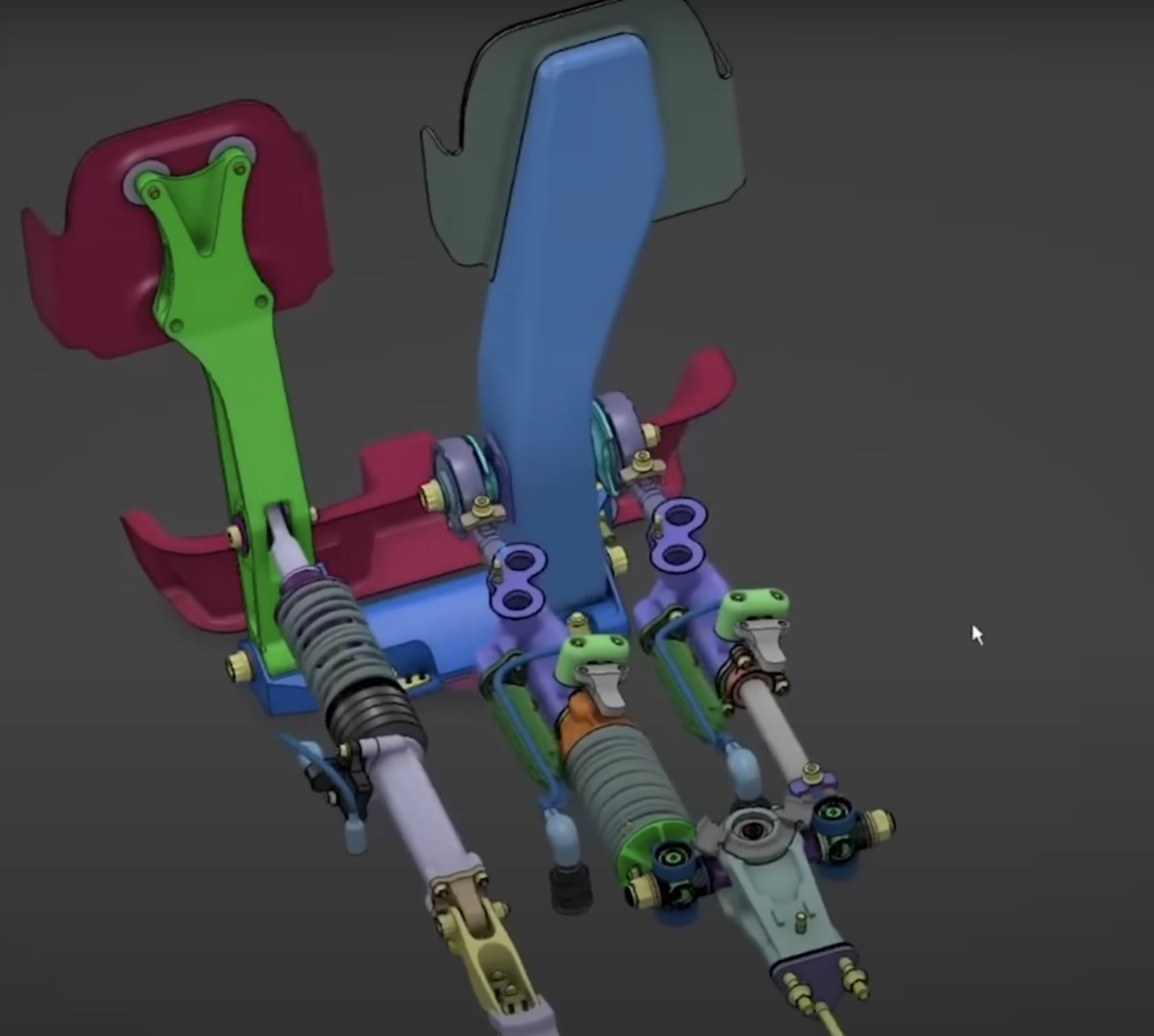
The Precision of F1 Braking: Why It Matters
In Formula 1, braking is a precise art. An F1 driver’s brake pedal control needs to be so exact that even minor deviations of pressure, down to grams, can drastically impact the car’s grip and handling through the corner. At high speeds, this precision becomes essential for balancing the car between understeer and oversteer – small missteps in pressure can push the car off its line. That’s why F1 drivers build their braking expertise through years of experience, honing their skill in karts and single-seaters before ever touching a Formula 1 car.
Why Racing Schools Teach a “Safe” Braking Technique
If you’ve ever attended a racing school, you may have been taught to brake in a straight line, slow the car down, and release the brakes before entering a turn. While this approach keeps things predictable, it also limits the potential for true speed. The “safe” technique is used to reduce risks of oversteer and understeer by avoiding the transfer of weight to the front tires mid-turn, but it doesn’t take advantage of the extra grip potential.
Formula 1 drivers use a technique called “trail braking.” This approach involves gradually reducing brake pressure as they enter a turn, which keeps the weight shifted to the front tires, maintaining grip without fully unloading the rear. This method allows for more nuanced control over the car’s balance and generates significantly higher cornering speeds.
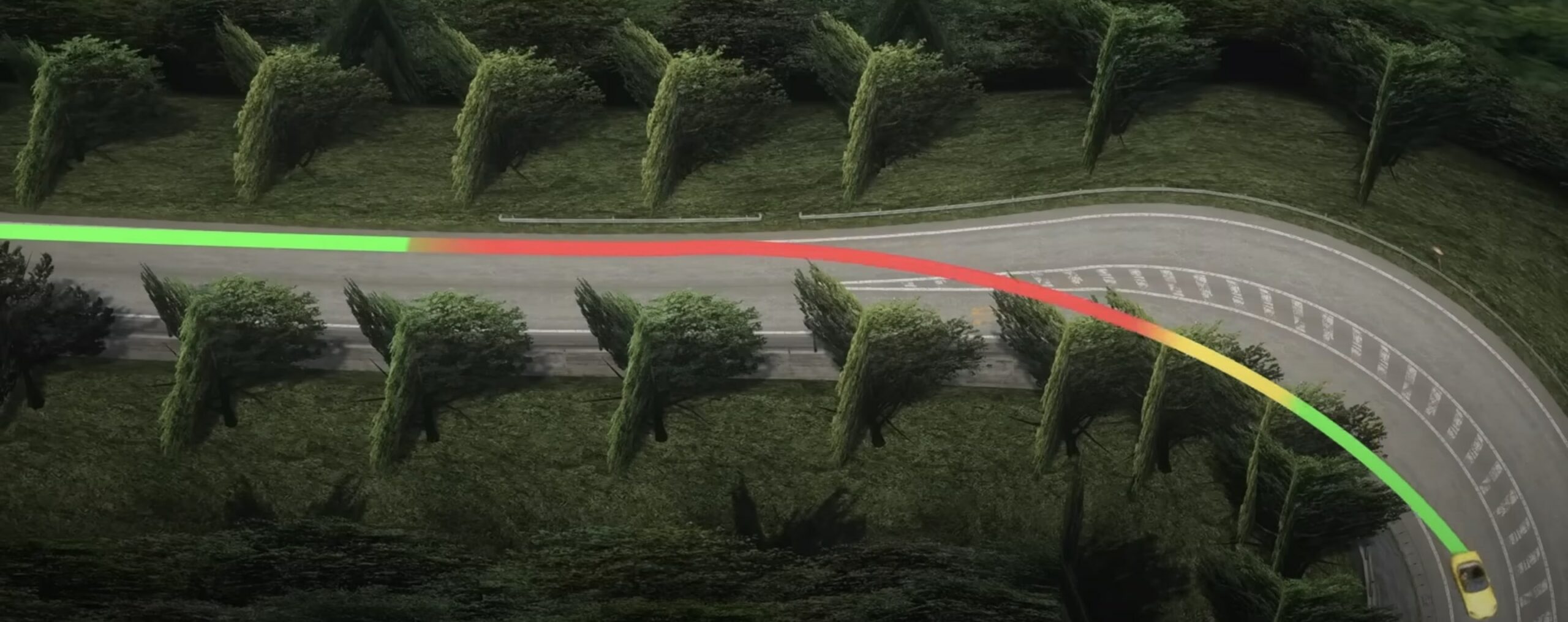
Understanding the Fundamentals of Trail Braking
Trail braking is challenging to learn because it requires precise timing and control. Mistakes can lead to spins or skids due to an unbalanced load between the front and rear tires. With trail braking, the front suspension compresses, creating a higher load on the front tires and providing extra grip as the car begins to turn. If the brake is released too quickly, the front suspension rises, grip decreases, and understeer becomes a problem. The driver’s task is to manage this weight transfer subtly, ensuring that just enough braking pressure remains as they move into the corner.


Balancing Grip and Weight Transfer in Formula 1
Formula 1 cars add another layer of complexity due to their extreme downforce. Downforce amplifies grip, but as the car slows through the braking zone, aerodynamic grip diminishes. This means that F1 drivers need to adjust their braking pressure to align with the decreasing downforce, avoiding tire lock-up by gradually releasing pressure. F1 braking traces often show a sharp initial peak in brake pressure that tapers off as downforce decreases, allowing the car to stay balanced.
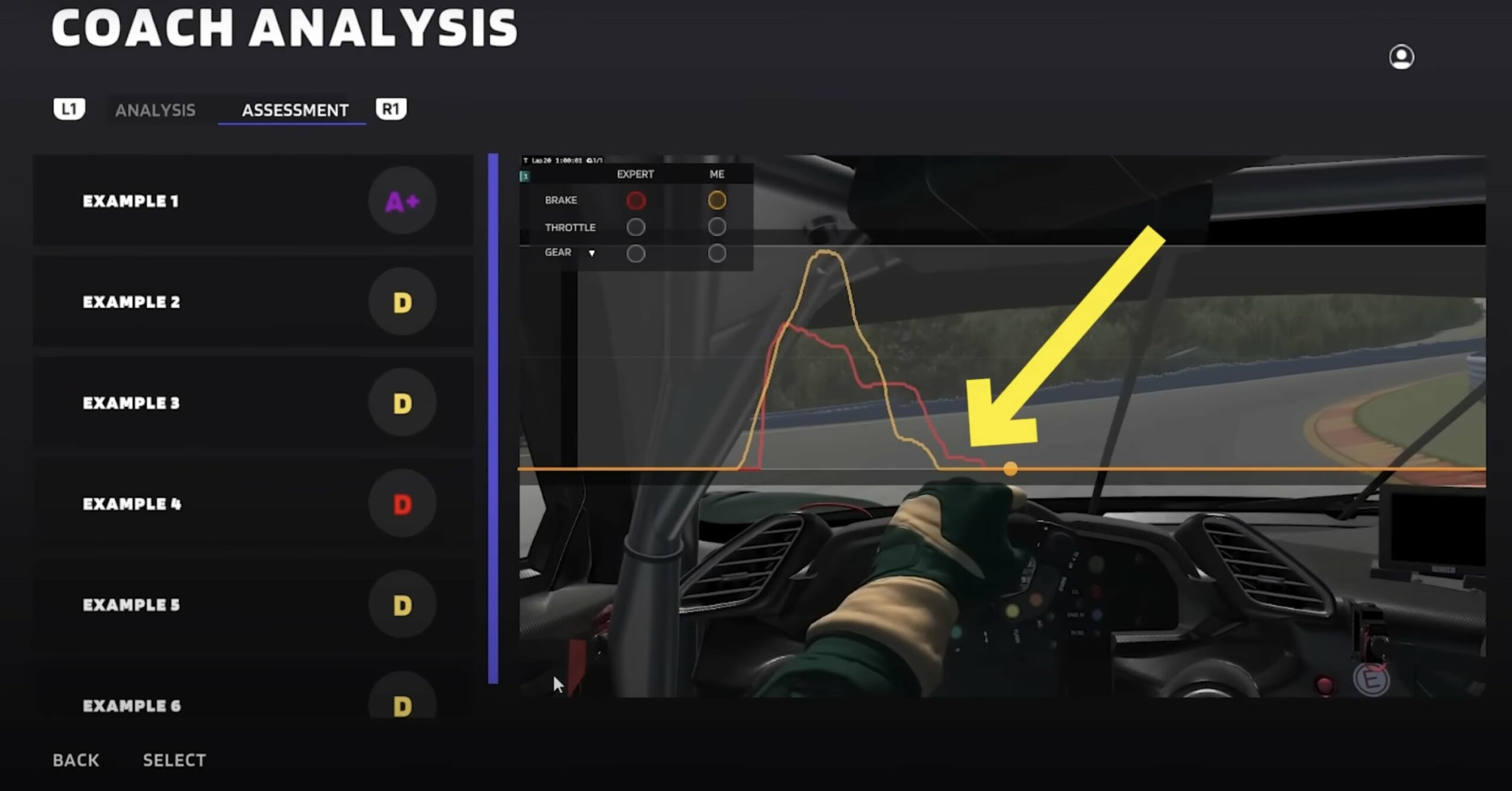
Adapting Braking for Changing Grip Conditions
In addition to downforce, Formula 1 drivers must consider changing grip conditions throughout a race. Tire grip can change with factors like tire degradation, fuel load, or track conditions. Drivers may also adjust brake bias (the balance of braking force between front and rear tires) on a corner-by-corner basis. This helps account for shifts in grip and maintain control over the car’s balance, especially as rear tires may lose grip in high-traction zones.
George Russell recently discussed how he modifies his brake bias to manage rear tire grip during heavy acceleration. For circuits with intense acceleration zones, rear tires face high demands and can overheat, reducing their effectiveness in braking zones. By shifting the brake bias forward, drivers can rely more on the front tires, which may still retain grip, allowing them to maximize the car’s braking potential.
The Takeaway
Formula 1 drivers aren’t just reacting to each corner – they’re anticipating how grip will change and adjusting accordingly. It’s this instinctive feel, combined with years of practice, that allows them to brake with precision at speeds that would be impossible for most drivers. With a unique understanding of weight transfer, downforce, and grip dynamics, F1 drivers turn braking into an art form, delivering the kind of performance that defines the sport’s elite.
For an in-depth look at unique F1 racing lines, check out our video exploring how these techniques influence lap times. Thank you for reading, and we’ll catch you on the track!




